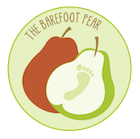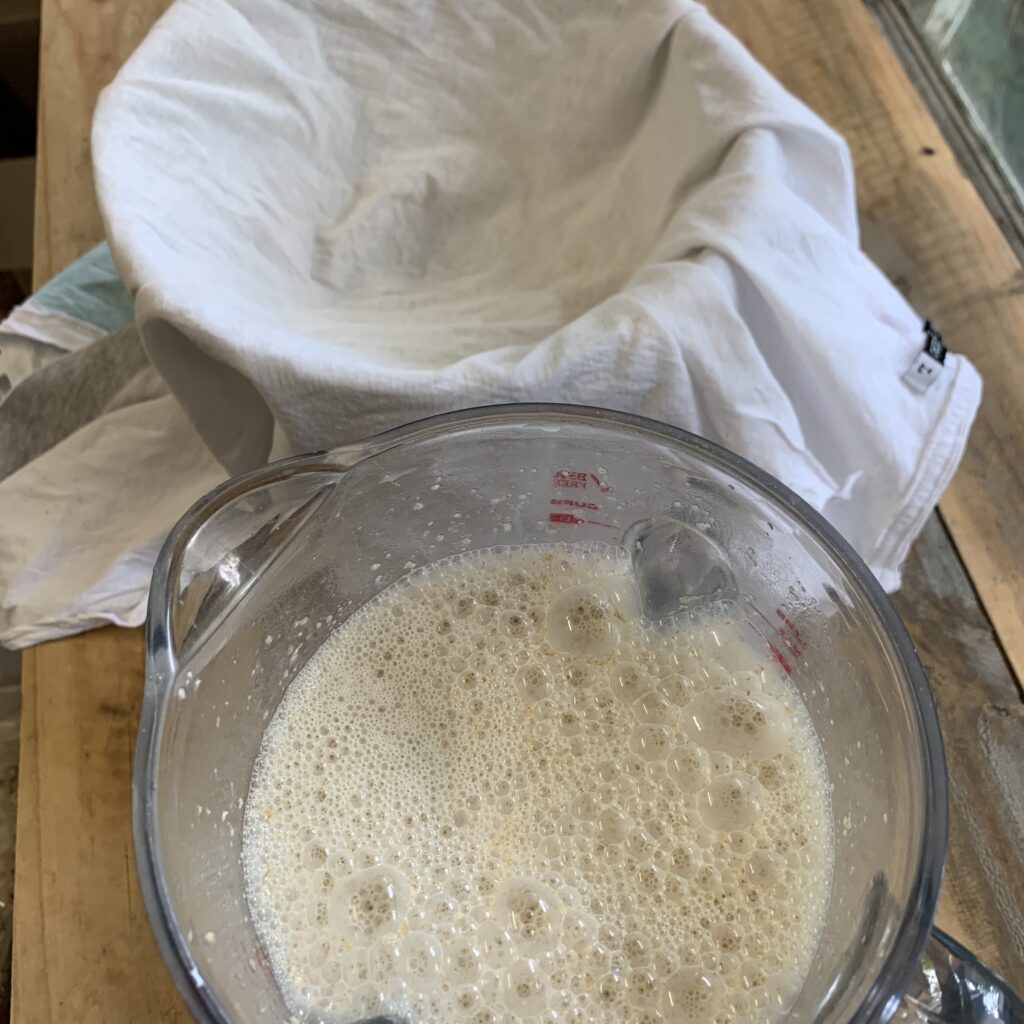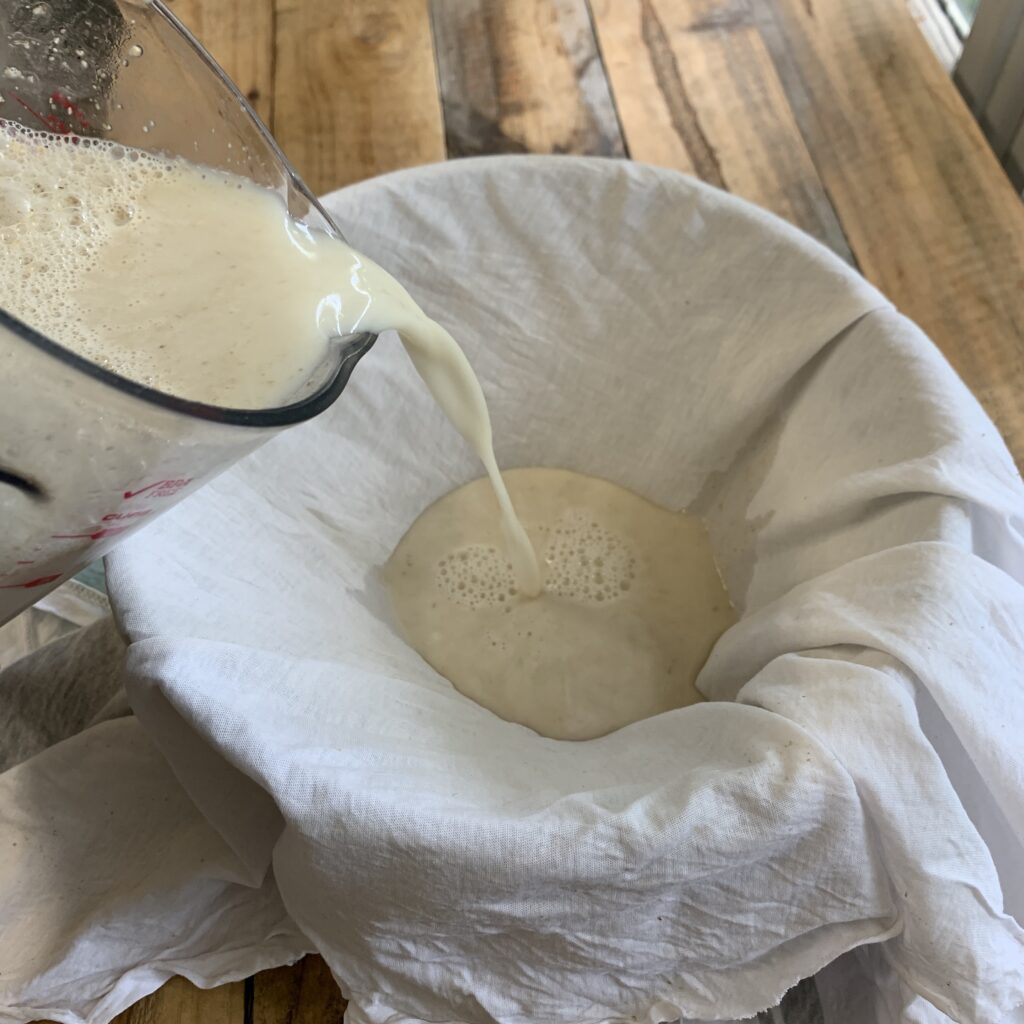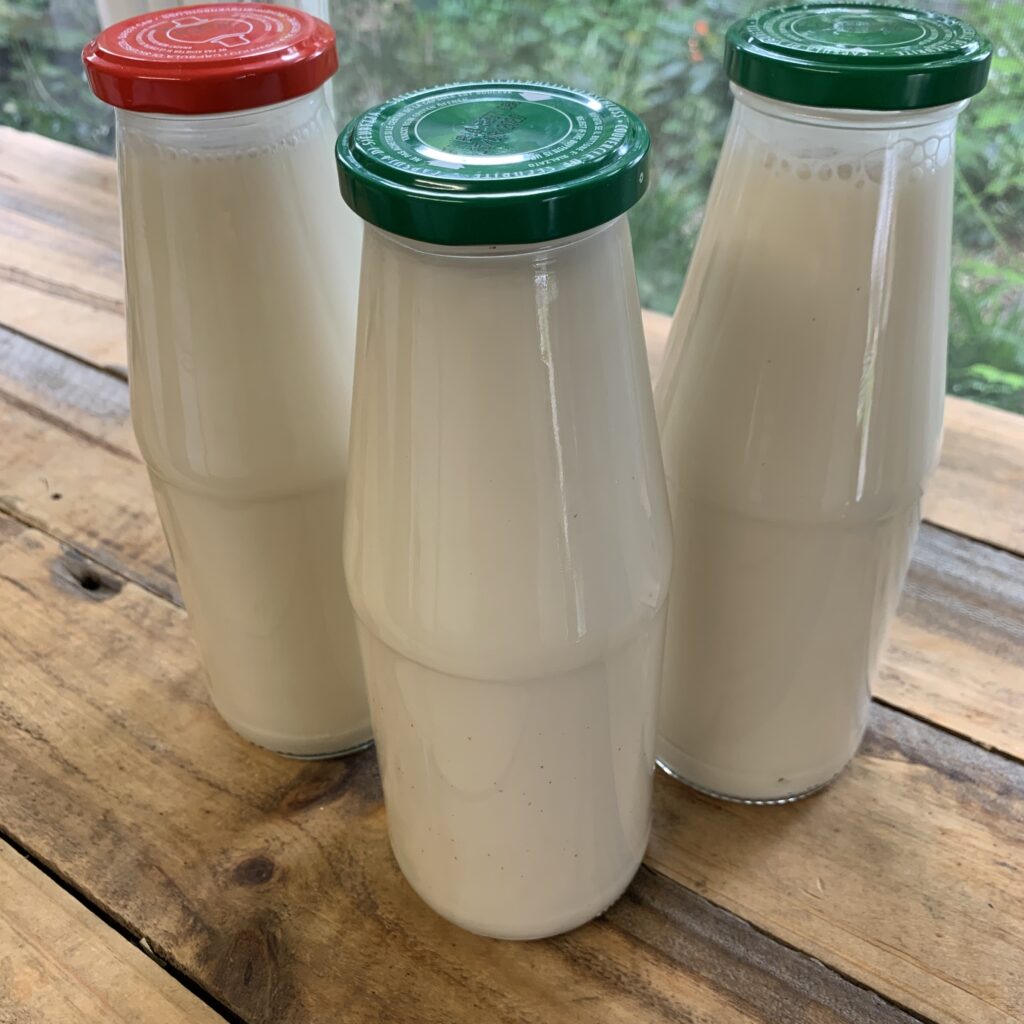I’m always looking for ways to further reduce our environmental footprint, and making homemade oat milk is the latest step on that journey. When I decided to stop supporting the dairy industry many years ago I switched to almond milk, because I’ve never been keen on soy and it was the broadly available alternative. I was an almond milk fan for a number of years – it’s delicious and all cafes (in Melbourne, at least) stocked it. However around 12-18 months ago I learned about the negative environmental impacts of the almond industry. I won’t go into the details here as that’s not the point of this post, but I’ll provide links to a couple of sources that delve into the topic, at the bottom of this post.
As soon as I learned about the almond industry, I switched to oat milk. But that didn’t solve the packaging issue – oat milk still comes in tetra packs which go to landfill. We put very little waste in landfill – an old-school plastic shopping bag worth per fortnight, roughly. The oat milk packaging has been in the “too hard” basket for me, but now being stuck at home during lockdown I’ve had time to explore making my own.
I’m ashamed that it took me this long to start making my own oat milk. Not only does it save packaging, it also saves a bucket load of money, and it’s really quick and easy. At $2.99 per litre carton at the shop, I’ve worked out that I can make it for around $0.60-0.80 per litre. I can make it in a fraction of the time it would take me to cycle to the shop to buy some.
You’ll need a blender, and a very thin tea towel, or an old (clean) t-shirt for straining. You can buy nut milk bags but I use an old, thin cotton t-shirt and it works a treat.
Make your own Oat Milk
This recipe makes 1 litre. I make multiple batches at a time. Adjust the recipe to suit the size of your container.
Ingredients
- 1 cup traditional rolled oats (not quick oats)
- 1-2 tablespoons maple syrup (can substitute 2-4 pitted dates if you prefer. Experiment with how sweet you like it)
- 1/2 teaspoon vanilla extract
- 4 cups filtered water (works best with cold water, but I use room temp and it’s fine)
- Pinch of salt
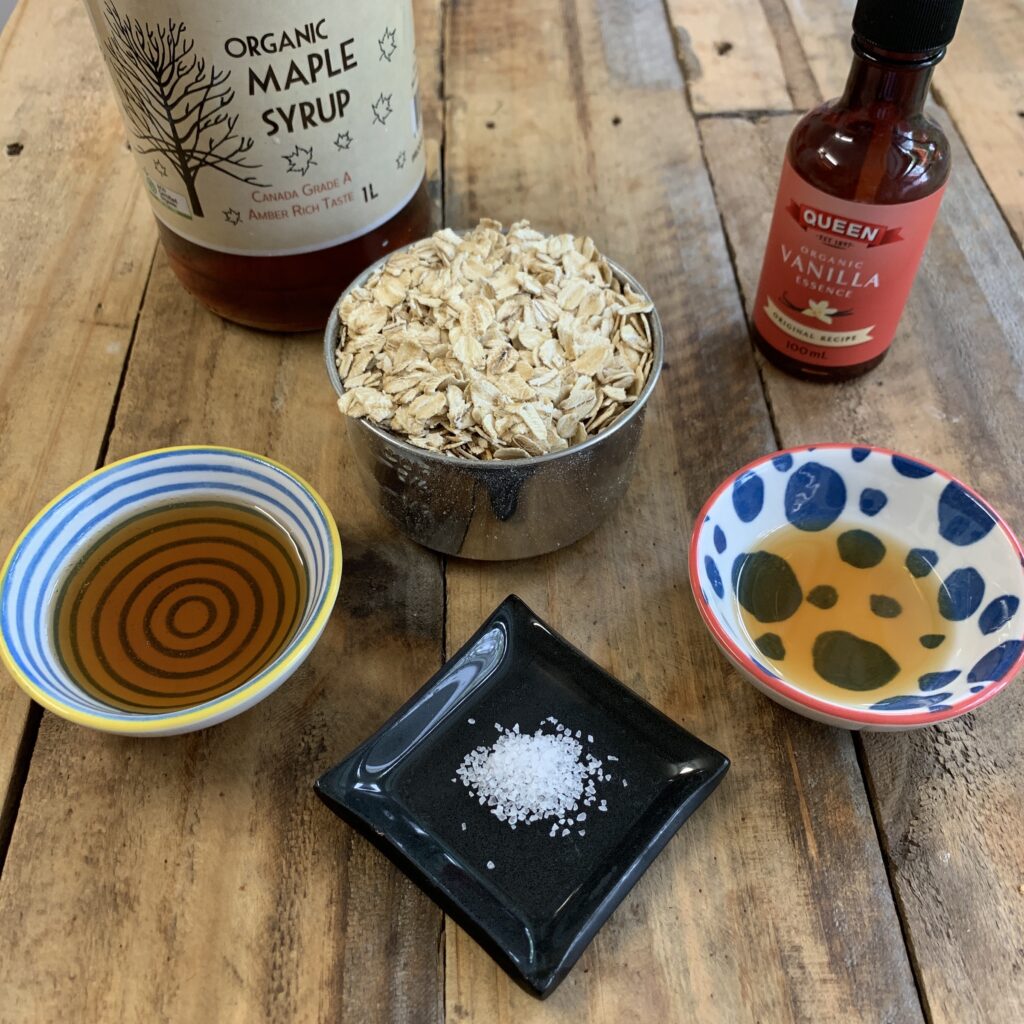
Method
Add all ingredients to a blender. If you use dates, chop them up a bit first. Blend for 30 seconds on high. It really just needs to all mix together – over blending will make the mixture gloopy.
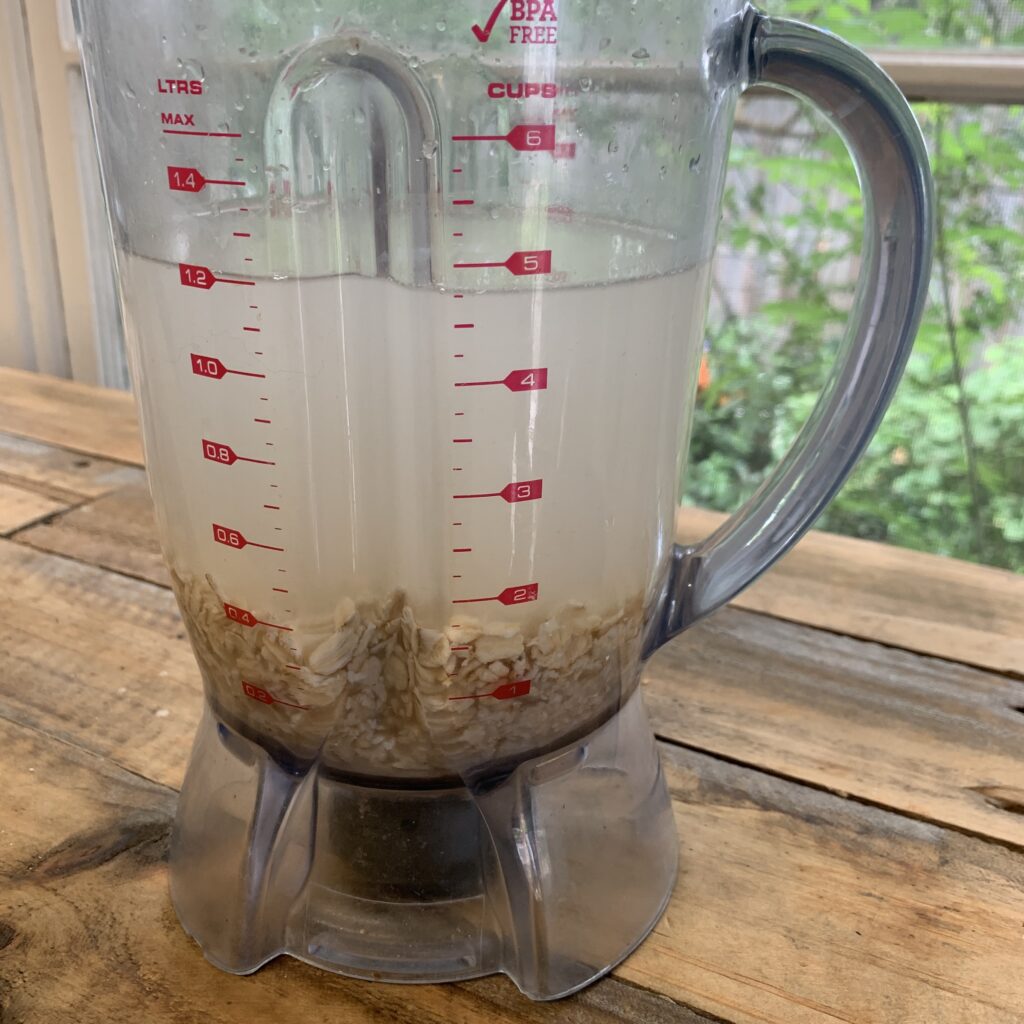
Line a large mixing bowl with the fine tea towel or t-shirt. Pour the contents of the blender into the mixing bowl.
Wash your hands. Lift the tea towel/t-shirt and strain the liquid. I twist and squeeze it to get all the liquid out.

Once you’ve got all the liquid out, open it up and put the oat pulp in a container in the fridge for use later.
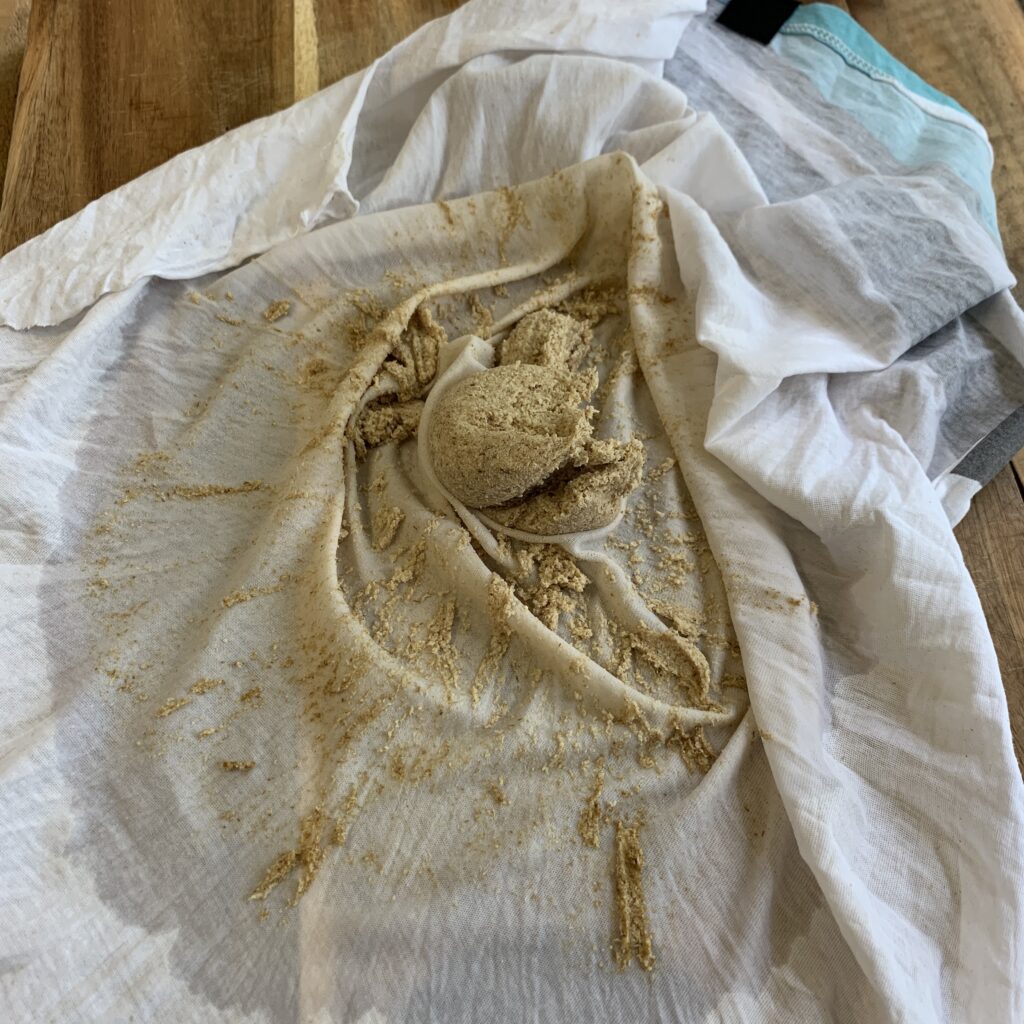
I find double-straining it works best. So at this point, I pour the liquid back into the blender (which I’ve quickly rinsed to remove pulp residue). Then I once again line the mixing bowl, and run the liquid through again. I use a separate t-shirt (the other half of the same t-shirt) for the second strain as I make multiple batches and the fabric does start to clog and go slimy, but using the same one is fine if you’re only doing one batch.
Using a funnel, pour the liquid into your chosen oat milk receptacle. Voila, you have homemade oat milk! Supposedly it lasts around 5 days in the fridge, but we go through it before then. No matter how much you strain, the oat residue will settle at the bottom. Just give it a shake before use.
If you give this recipe a try, let me know what you think in the comments!
Important note
This oat milk really isn’t designed for heating, so we use it primarily for our granola. I’ve been warming it on the stove for chai (mixed with water) and it’s been delicious, but I wouldn’t be trying to make a latte with it. There are recipes online for homemade oat milk that can be heated, which usually incorporate oils and/or nuts.
Further reading and information
- “Almond milk is taking a toll on the environment” – University of California
- “Almonds are out. Dairy is a disaster. So what milk should we drink?” – The Guardian
- “‘Like sending bees to war’: the deadly truth behind your almond milk obsession” – The Guardian
